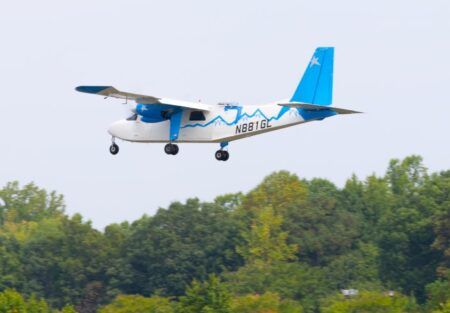The return of supersonic commercial air travel took a step forward this week after the FAA proposed a new set of certification standards to regulate the amount of noise supersonic aircraft make.
The noise certification Notice of Proposed Rulemaking (NPRM) will create landing and take-off noise standards for a certain class of new supersonic airplanes. The NPRM is open for public comment for 90 days from the date of publication in the Federal Register.
This NPRM follows a 2019 FAA proposed rule to update the requirements to apply for a special flight authorization for flying above Mach 1 in the United States. The FAA initiated these two proposed rulemakings for manufacturers interested in developing supersonic aircraft.
Supersonic commercial air transportation was introduced in the 1970s with Concorde but was abandoned because of high costs after the Air France crash at Charles de Gaulle Airport in July 2000. However technical advances in the area noise-reduction technologies and improved engine designs and materials available for airframe manufacturing, mean companies are developing new supersonic commercial passenger aircraft.
Companies developing commercial passenger supersonic aircraft include Boom Supersonic, which expects to conduct the first test flights of its technology demonstrator aircraft the XB-1 Baby Boom in the Mojave Desert, USA, this year.
As well as the rules of the noise certification of supersonic aircraft, FAA is devising a second set of rules to streamline and clarify the procedures to obtain special flight authorization for conducting supersonic flight testing in the United States. The NPRM for the flight testing rules was published in the Federal Register on June 28, 2019.





